
Copernical Team
ESA Open Days 2023: connecting space enthusiasts across Europe
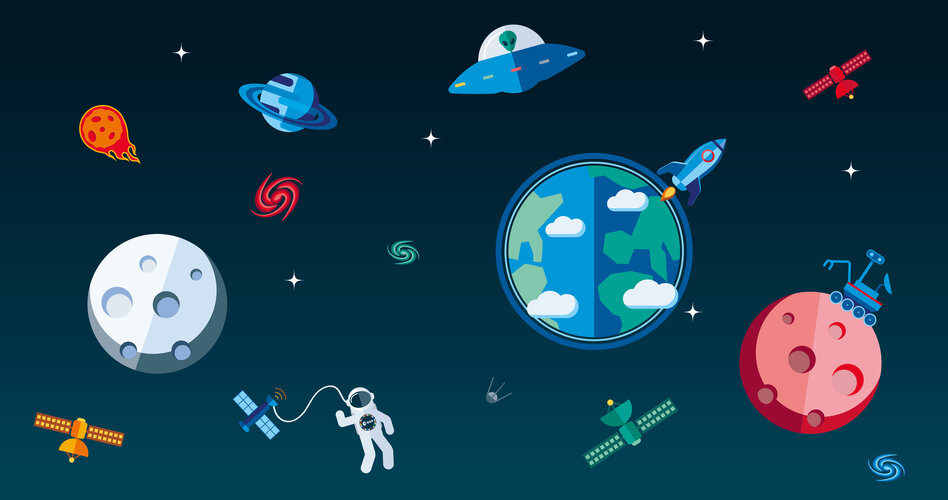
More than 15 000 visitors are getting ready to pass through ESA's gateways during ESA Open Days 2023. This Europe-wide series of events promises to connect space enthusiasts, bringing space closer to them than ever before. Unforgettable days of discoveries, inspiration, and scientific divulgation await thousands of European citizens, who are eagerly gearing up for a fantastic journey through the wonders of space.
ESA works with EU on secure connectivity
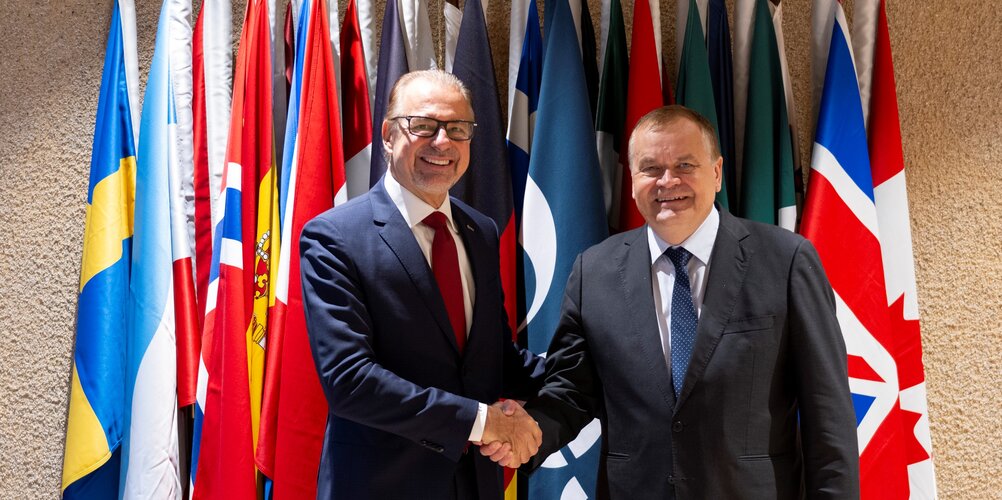
Keeping European citizens safe from cyberattacks that can lead to the disruption of essential supplies – such as power, water and the flow of crucial information – is vital in today’s increasingly digital world. ESA and the European Commission have today signed an agreement to use space to help keep information secure.
NASA to live stream asteroid sample's return to Earth this weekend
 NASA has scheduled coverage of its first asteroid sampling mission's return to Earth.
The Origins, Spectral Interpretation, Resource Identification and Security - Regolith Explorer (OSIriS-REx) sample capsule is scheduled to re-enter the atmosphere and return to Earth Sunday, during which it will land in Utah.
"The first asteroid sample collected in space by NASA will arrive on
NASA has scheduled coverage of its first asteroid sampling mission's return to Earth.
The Origins, Spectral Interpretation, Resource Identification and Security - Regolith Explorer (OSIriS-REx) sample capsule is scheduled to re-enter the atmosphere and return to Earth Sunday, during which it will land in Utah.
"The first asteroid sample collected in space by NASA will arrive on Space superiority now and in the future
 In the face of a growing number of threats, the Air and Space Forces need to consider how to maintain Air and Space Superiority with limited manning, capacity and budget.
U.S. Space Force Maj. Gen. Douglas Schiess, Combined Force Space Component Command commander and Space Operations Command vice commander, had an opportunity to address this challenge with General Mark Kelly, Air Combat Co
In the face of a growing number of threats, the Air and Space Forces need to consider how to maintain Air and Space Superiority with limited manning, capacity and budget.
U.S. Space Force Maj. Gen. Douglas Schiess, Combined Force Space Component Command commander and Space Operations Command vice commander, had an opportunity to address this challenge with General Mark Kelly, Air Combat Co Astroscale wins Space Force contract for Space Mobility and Logistics capabilities
 Space Systems Command's Assured Access to Space (AATS) Directorate, in collaboration with the Space Development Corps' Space Enterprise Consortium (SpEC), awarded a $25.5 million contract to Astroscale U.S. Inc. to advance Space Mobility and Logistics (SML) capabilities.
For more than 60 years, satellites' designs and operations have been constrained because they have been required to laun
Space Systems Command's Assured Access to Space (AATS) Directorate, in collaboration with the Space Development Corps' Space Enterprise Consortium (SpEC), awarded a $25.5 million contract to Astroscale U.S. Inc. to advance Space Mobility and Logistics (SML) capabilities.
For more than 60 years, satellites' designs and operations have been constrained because they have been required to laun Seeking Innovative Concepts for Space Superiority
 DARPA is seeking innovative concepts from small businesses and nontraditional defense contractors in the technical domain of space superiority as the second topic issued under the agency's Bringing Classified Innovation to Defense and Government Systems (BRIDGES) initiative. With this topic, the agency is looking for new methods and technologies that may provide warfighters with disruptive optio
DARPA is seeking innovative concepts from small businesses and nontraditional defense contractors in the technical domain of space superiority as the second topic issued under the agency's Bringing Classified Innovation to Defense and Government Systems (BRIDGES) initiative. With this topic, the agency is looking for new methods and technologies that may provide warfighters with disruptive optio Space Mobility Conference returns to SpaceCom | Space Congress 2024
 The U.S. Space Force's Space Systems Command (SSC), in coordination with SpaceCom, announces its second annual Space Mobility Conference to extend SSC's Assured Access to Space (AATS) mission through cooperation and collaboration with government, industry, allied, and academic partners.
The conference opens on Jan. 30, 2024, during Commercial Space Week, co-located with the Global Spacepor
The U.S. Space Force's Space Systems Command (SSC), in coordination with SpaceCom, announces its second annual Space Mobility Conference to extend SSC's Assured Access to Space (AATS) mission through cooperation and collaboration with government, industry, allied, and academic partners.
The conference opens on Jan. 30, 2024, during Commercial Space Week, co-located with the Global Spacepor NASA's moonbound Artemis astronauts take new ride to launch pad in practice run
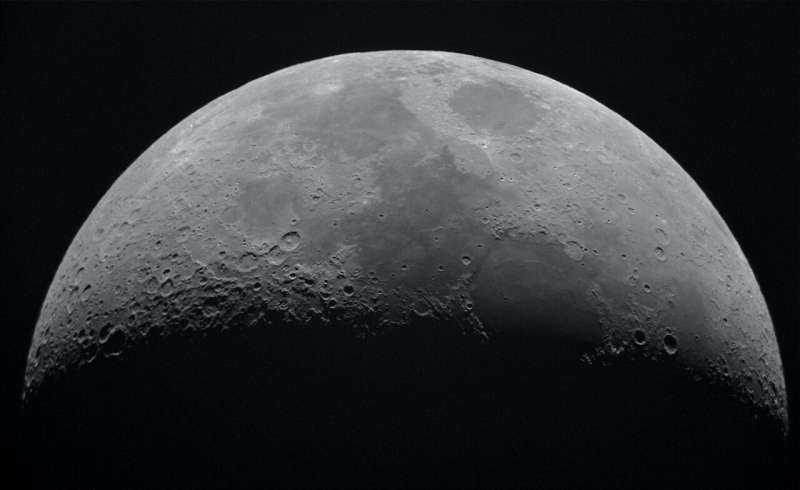
The four astronauts headed to the moon next year on the Artemis II mission suited up and took a practice run to the launch pad in the new crew transport vehicles at Kennedy Space Center on Wednesday.
NASA astronauts Reid Wiseman, Victor Glover and Christina Koch along with Canadian astronaut Jeremy Hansen donned orange spacesuits and climbed into the curvy electric vehicles officially referred to as CTVs, as in crew transportation vehicles, and took the 9-mile ride from the Neil A. Armstrong Operations and Checkout Building to Launch Pad 39-B.
The dry run is to demonstrate normal launch day procedures as they gear up for the mission that could fly as early as November 2024, taking the first crewed flight on NASA's powerful Space Launch System rocket riding in the Orion space capsule on what is planned to be a 10-day mission that will take them out and around the moon, but not land.
NASA's Artemis III mission is still planned to be the one to take humans back to the lunar surface for the first time since the end of the Apollo program in 1972.
SpaceX knocks out Space Coast's 50th launch of the year
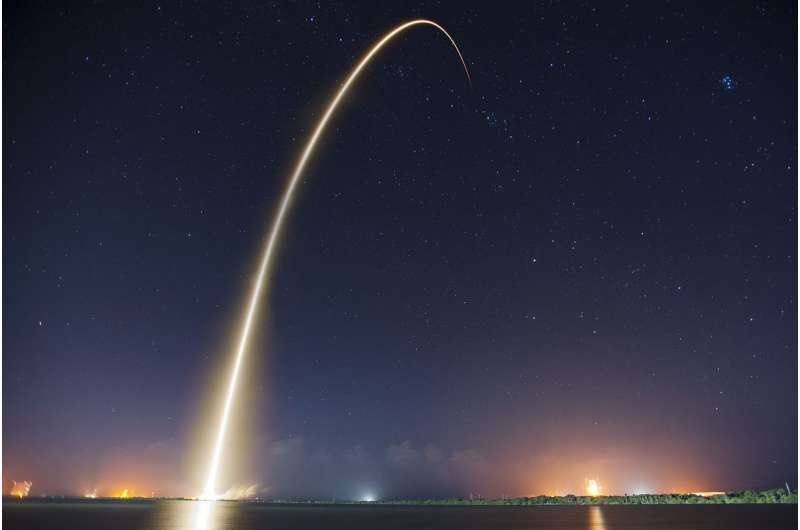
A SpaceX launch from Cape Canaveral lit up the Space Coast for the 50th time this year while also achieving a milestone for the company.
The Falcon 9 rocket carrying up another 22 of the company's Starlink satellites made a record 17th flight with liftoff at 11:38 p.m. from Cape Canaveral Space Force Station's Space Launch Complex 40.
The booster previously launched on the GPS III-3, Turksat 5A, Transporter-2, Intelsat G-33/G-34, Transporter-6, and 11 Starlink missions. It made another recovery landing on the droneship A Short Fall of Gravitas in the Atlantic Ocean.
SpaceX has flown all but three of the Space Coast launches this year with United Launch Alliance sending up two and Relativity Space the only other one.
With this mission, SpaceX has flown 37 from Cape Canaveral and another 10 from Kennedy Space Center including all three human spaceflights to orbit from the U.S. this year as well as three powerhouse Falcon Heavy launches.
The launch manifest for the remainder of the year should see the Space Coast beat the record 57 launches it saw in 2022.
NASA spacecraft delivering biggest sample yet from an asteroid
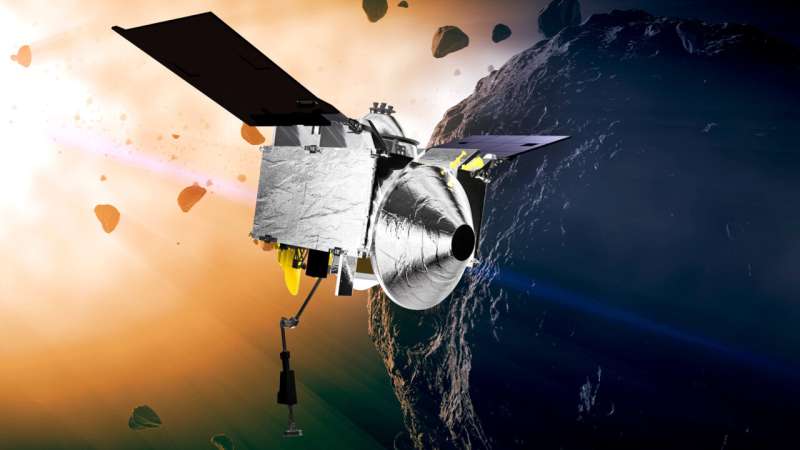
Planet Earth is about to receive a special delivery—the biggest sample yet from an asteroid.

